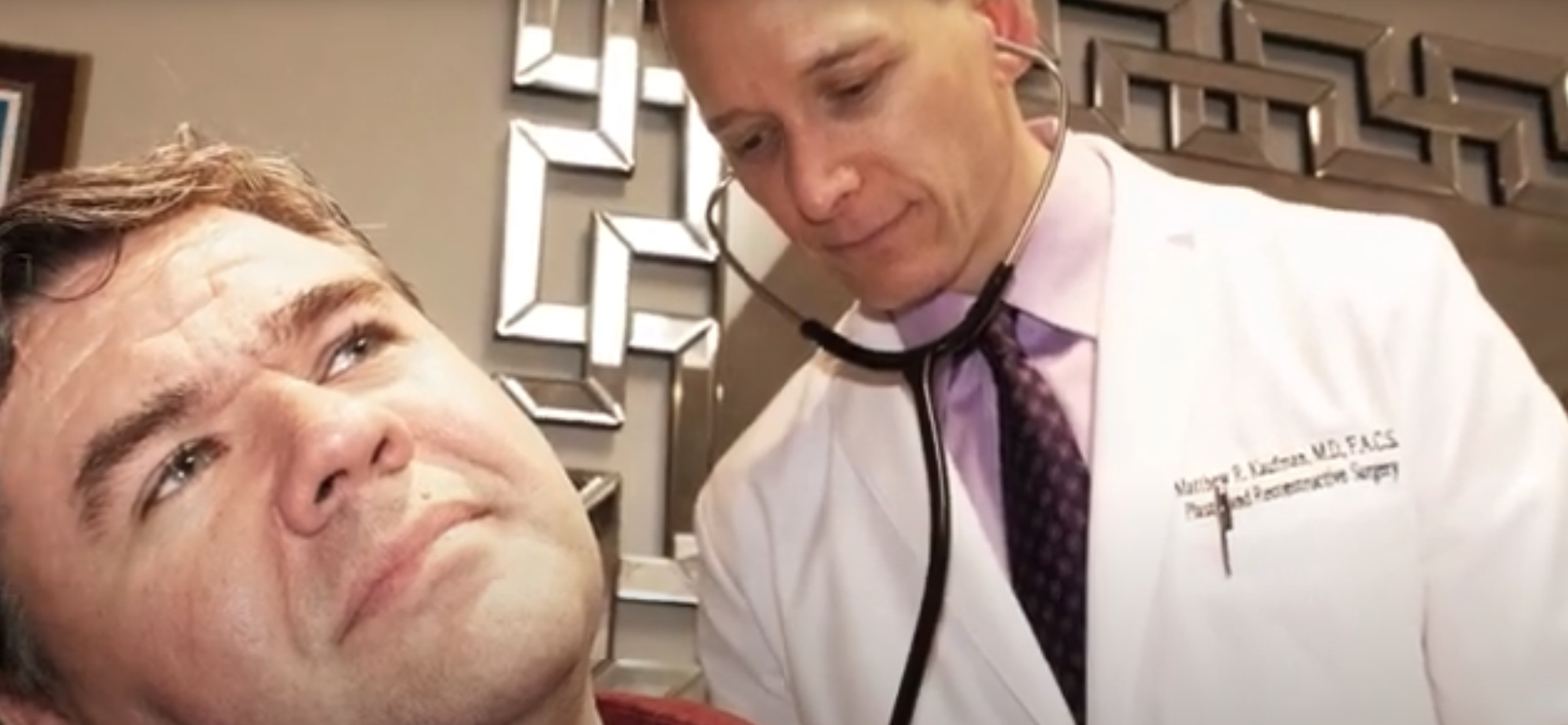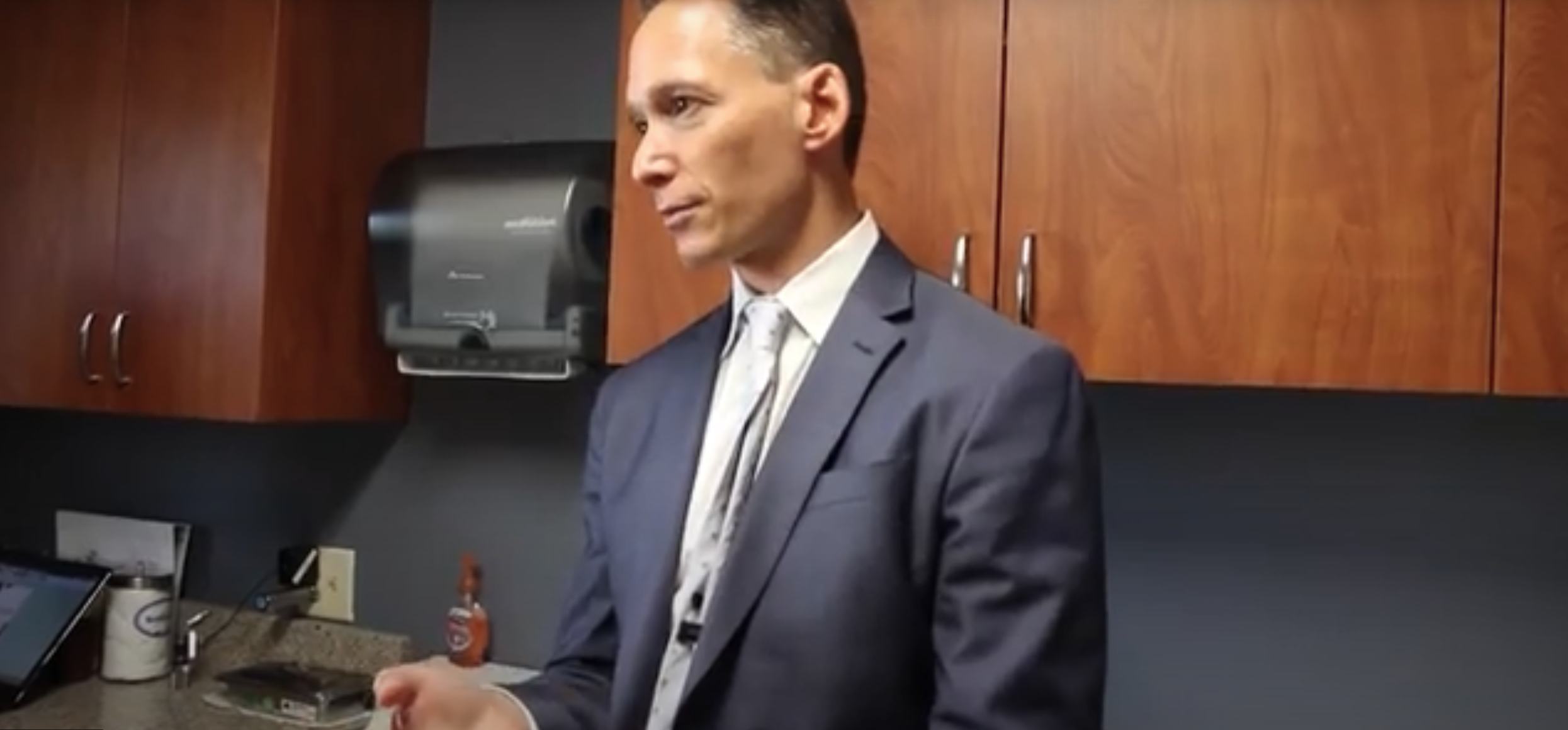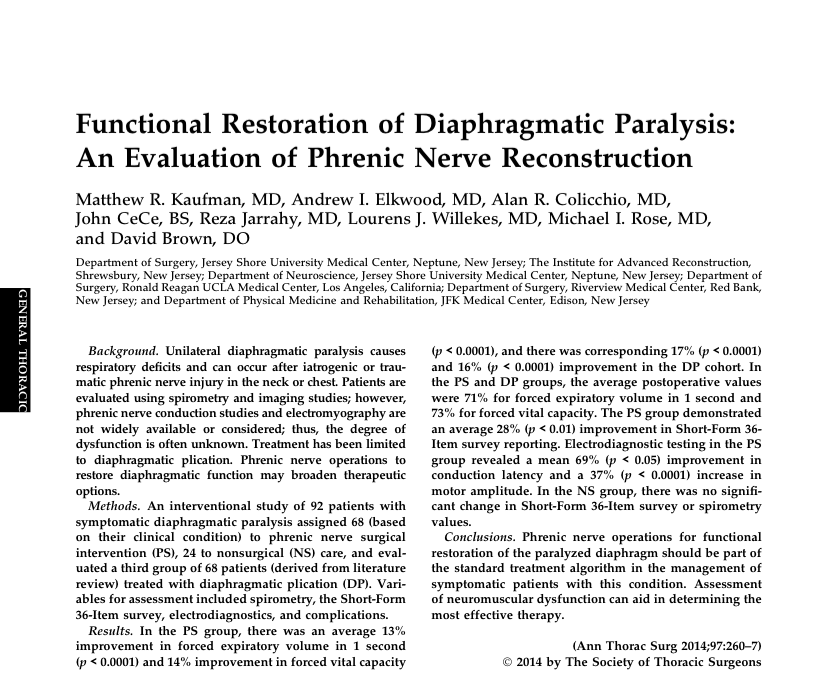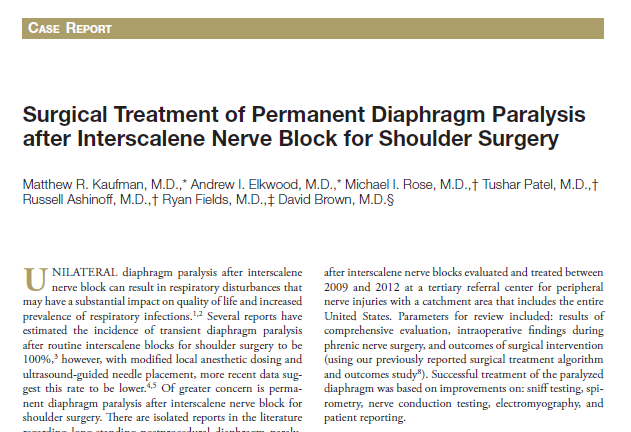Summarize This Article:
Summarize This Article:

Diaphragm paralysis is a condition that causes respiratory deficits due to damage to the phrenic nerve. Paralysis can occur in newborns, children, and adults. People living with a paralyzed diaphragm may experience shortness of breath that affects their daily life and sleep. In some cases, diaphragm paralysis may not present noticeable symptoms. But many patients experience dyspnea (difficult or labored breathing) that is severe enough to inhibit their daily activities, cause significant discomfort, and could lead to pneumonia or other lung infections.
Diaphragm paralysis can occur unilaterally or bilaterally, meaning one or both sides can lose the ability to contract. Without the ability to contract, the diaphragm muscle cannot properly support the chest expansion that allows air into the lungs, making breathing difficult. Unilateral paralysis is seen and treated more frequently than bilateral paralysis.
Diaphragm paralysis is typically caused by phrenic nerve damage, which can occur from events ranging from a car accident injury to wear and tear to the nerve over time. Although it can be challenging to pinpoint the exact cause in each patient, a few common ways the phrenic nerve can get damaged include:
Traditional treatment options ease the symptoms of diaphragm paralysis rather than restore its normal function. Some patients find relief in nonsurgical options such as diaphragmatic breathing exercises.
Diaphragmatic Breathing Exercises 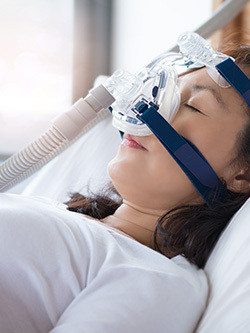
Anyone struggling with diaphragm paralysis can benefit from deep breathing exercises designed to strengthen the diaphragm muscle. Consistently practicing breathing exercises can help patients learn how to use their diaphragm correctly, use their lungs at 100% capacity, and increase their breathing efficiency.
Diaphragm Plication
Diaphragm plication is a minimally invasive surgery that repositions or reshapes the diaphragm so that the patient’s lungs can expand properly. It has been shown to decrease lung compression and put symptoms into remission over the long term.
CPAP and BiPAP Therapies
Continuous positive airway pressure (CPAP) therapy and bilevel positive airway pressure (BiPAP) are breathing machines used to help patients struggling with nocturnal dyspnea breathe while they sleep.
Until recently, treatment options for a paralyzed diaphragm have been limited, and many patients have been told they must live with their condition. However, surgical breakthroughs have yielded positive life-changing results for hundreds of patients in the past decade, creating more treatment options for phrenic nerve damage, including:
Phrenic Nerve Reconstruction
Phrenic nerve function can often be restored or improved through phrenic nerve reconstruction surgery, pioneered by The Institute for Advanced Reconstruction. Using techniques similar to those used to treat arm or leg paralysis, reconstructive plastic surgeons have made recent advances in nerve decompression that allow for diaphragm paralysis to be reversed.
A study of 92 patients with symptomatic diaphragmatic paralysis found that phrenic nerve reconstruction improves patient outcomes compared to no treatment and can achieve restoration of functional movement to the diaphragm. A long-term study of 180 patients demonstrated a 125% increase in diaphragm muscle strength and a greater than 85% overall success rate two years after phrenic nerve surgery. Both children and adults can be candidates for the procedure.
Breathing Pacemakers for Diaphragm Paralysis
A breathing pacemaker regulates breathing by controlling the paralyzed diaphragm muscle. Electrodes are implanted around the phrenic nerves to prompt inhalation manually. It’s a lower-risk and more comfortable option than a ventilator and the procedure is minimally invasive, making it an effective treatment option for certain candidates.
Diaphragm Muscle Replacement Surgery
Diaphragm replacement surgery restores functional breathing by transferring healthy muscle from the patient’s body into the chest cavity. Essentially, the damaged diaphragm muscle is entirely replaced via transplant. Both children and adults can be candidates for the procedure.
The Institute for Advanced Reconstruction has completed more than 500 surgeries for diaphragm paralysis since 2007. With every surgery completed, practicing reconstructive plastic surgeons learn more about the nerve functions, the damage endured, and how to achieve higher success rates.
Before Dr. Matthew Kaufman became a phrenic nerve specialist and pioneered world-class treatment to reverse diaphragm paralysis, the medical community had little knowledge about the phrenic nerve. He is the only known expert in the world to perform phrenic nerve surgery. Hundreds of patients have experienced a better quality of life because of the improvements in diaphragm function they’ve experienced after receiving surgical treatment.
Learn more about the latest treatments for diaphragm paralysis at The Institute for Advanced Reconstruction and schedule a consultation today.

.jpg)
.jpg)
